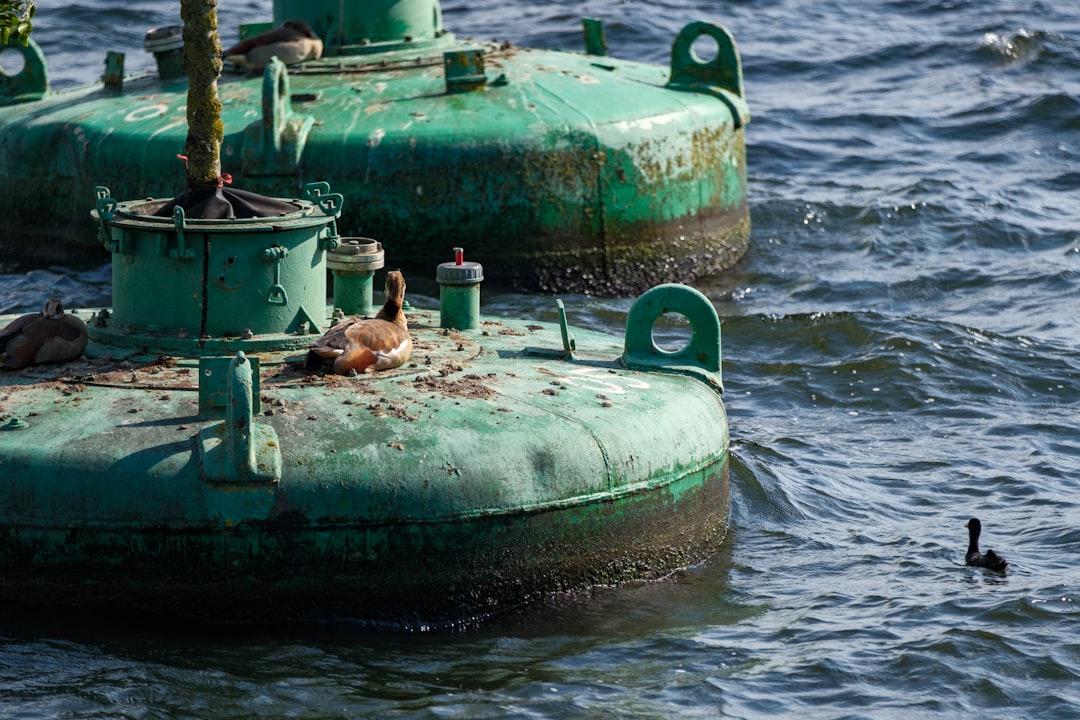body {
font-family: sans-serif;
line-height: 1.6;
}
h1, h2, h3 {
color: #333;
}
The oil and gas industry relies heavily on efficient and reliable well construction. Central to this process are casing and tubing – two distinct but interconnected systems crucial for drilling, completing, and producing hydrocarbons. This comprehensive guide will delve into the intricacies of casing and tubing, exploring their functions, types, materials, and installation processes.
The Vital Role of Casing in Well Construction
Casing is a series of steel pipes cemented into the wellbore during drilling. Its primary function is to provide structural integrity and stability to the well. Think of it as the skeleton of the well, protecting against wellbore collapse, preventing the influx of unwanted fluids (like water or gas from different formations), and isolating different geological zones. Casing strings are installed in concentric layers, each with a specific diameter and grade of steel chosen to withstand the pressure and stress at that particular depth. The process of running and cementing casing is a complex and critical operation, requiring precision and expertise.
Different types of casing serve different purposes. Surface casing protects the upper portions of the wellbore, while intermediate and production casing protect deeper sections. The choice of casing type and grade depends on factors like well depth, formation pressure, and the presence of unstable formations. Proper casing design and installation are paramount to preventing costly blowouts and environmental damage.
Tubing: The Pathway for Hydrocarbon Production
Once the well is cased and cemented, tubing is installed. Unlike casing, which is primarily a structural element, tubing serves as the conduit for the production of hydrocarbons (oil and gas). It’s a smaller diameter pipe that runs from the bottom of the well to the surface, allowing the produced fluids to flow upwards. Tubing strings are typically made of high-strength steel and are designed to withstand the pressures and temperatures encountered during production.
Various types of tubing exist, including production tubing, workover tubing, and completion tubing. Production tubing is the primary conduit for hydrocarbon flow. Workover tubing is used during well intervention operations, while completion tubing is used in specialized completion designs. The selection of tubing depends on factors such as well productivity, fluid properties, and anticipated production conditions.
Materials and Grades: Ensuring Durability and Performance
Both casing and tubing are primarily made of steel, but the specific grade and properties vary depending on the application. High-strength low-alloy (HSLA) steels are commonly used, offering a balance of strength and ductility. Other materials, such as corrosion-resistant alloys (CRAs) like stainless steel or duplex stainless steel, are used in environments with corrosive fluids or high temperatures. The selection of materials is crucial in ensuring the long-term integrity and performance of the well.
The grade of steel is indicated by a designation that reflects its yield strength and other mechanical properties. Higher grade steels are stronger and more resistant to deformation, but also more expensive. The selection of the appropriate grade is a critical engineering decision, balancing cost and performance requirements.
Cementing: The Key to Well Integrity
Cementing is the process of filling the annulus (the space between the casing and the wellbore) with cement. This crucial step provides several vital functions: it provides zonal isolation, preventing fluid migration between different formations; it provides structural support to the casing, preventing its collapse; and it enhances wellbore stability. Proper cementing practices are essential for preventing wellbore instability, blowouts, and environmental contamination. The cement slurry’s properties, such as density and setting time, are carefully selected based on the well conditions.
Various cementing techniques exist, including conventional cementing, lightweight cementing, and foamed cementing, each optimized for specific well conditions and challenges. Successful cementing requires a precise understanding of the well’s geological characteristics and fluid properties.
Installation and Maintenance: Ensuring Operational Efficiency
The installation of casing and tubing is a complex and highly specialized operation, often involving specialized equipment and skilled personnel. The process involves running the pipes into the wellbore, cementing the casing, and then running the tubing. Regular inspections and maintenance are crucial to ensure the long-term integrity of the casing and tubing strings. This includes monitoring for corrosion, erosion, and other forms of degradation.
Well intervention techniques, such as workovers and repairs, are sometimes necessary to address issues with casing or tubing. These interventions can involve replacing damaged sections, performing repairs, or installing additional equipment. Advanced technologies, such as downhole tools and logging techniques, play a vital role in monitoring well integrity and identifying potential problems.
In conclusion, casing and tubing are essential components in oil and gas well construction and production. Understanding their functions, materials, and installation processes is crucial for safe, efficient, and environmentally responsible operations. The continuous advancement in materials science and well construction techniques ensures the ongoing improvement of these critical well components.
Tags: oil and gas, casing, tubing, well construction, drilling, cementing, well integrity




